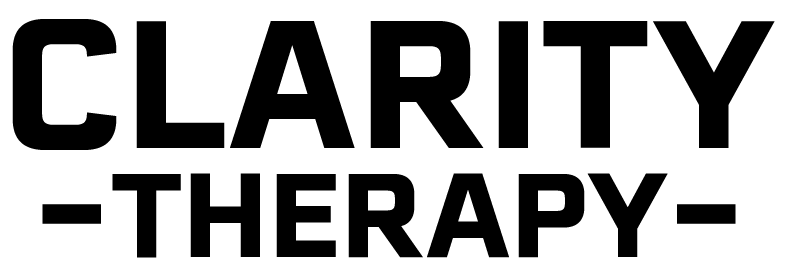Boundaries and Work: A Deep Dive into Chapter 11 of Boundaries
Work is supposed to be challenging, fulfilling, and meaningful—but for many people, it’s also stressful, overwhelming, and boundaryless. From overcommitted schedules to unclear job expectations, a lack of boundaries in the workplace can lead to burnout, frustration, and even resentment.
In Chapter 11 of Boundaries, Dr. Henry Cloud and Dr. John Townsend dive into how healthy boundaries can transform your work life. Whether you’re struggling with a demanding boss, difficult coworkers, or an unmanageable workload, setting clear limits is essential for long-term success and well-being.
🏢 Why Boundaries at Work Matter
Many of us feel guilty for saying no at work. We fear:
❌ Letting down our boss or colleagues.
❌ Missing out on opportunities.
❌ Being seen as uncooperative or lazy.
But the truth is, saying yes to everything is the fastest way to burnout. Boundaries don’t mean doing less work—they mean doing work more effectively, with greater clarity and focus.
💡 Key takeaway: You are responsible for your own workload, time, and energy—not for managing everyone else’s problems.
🚦 Common Workplace Boundary Struggles
1️⃣ Getting Stuck with Other People’s Work
🔹 The Problem: You’re constantly picking up slack for others. A coworker misses deadlines, and suddenly, their project becomes your responsibility.
🔹 The Result: Overwork, stress, and resentment build up while the other person never learns accountability.
💡 Solution: Stop enabling poor work habits. Try saying:
“I can’t take that on, but I’d be happy to help you find a solution.”
“That’s not my responsibility, but I can point you in the right direction.”
2️⃣ An Overbearing Boss
🔹 The Problem: Your boss expects you to be available 24/7—emails after hours, last-minute projects, and unreasonable deadlines.
🔹 The Result: No personal life, no work-life balance, and a growing sense of exhaustion.
💡 Solution: Set clear expectations upfront. Try saying:
“I can work late tonight, but I won’t be available every evening.”
“I need more time to do this well—can we discuss priorities?”
3️⃣ The Fear of Saying No
🔹 The Problem: You take on every task, every meeting, and every extra project out of fear of disappointing others.
🔹 The Result: You feel overwhelmed, overcommitted, and constantly behind.
💡 Solution: Practice small “no” moments to build confidence. Try saying:
“I appreciate the opportunity, but I have too much on my plate right now.”
“I’d love to help, but I can’t take this on without adjusting other priorities.”
📌 How to Set Healthy Work Boundaries
✔ 1. Clarify Your Responsibilities. If your job description is vague, ask for clarity—don’t assume you have to do everything.
✔ 2. Set Clear Work Hours. Work shouldn’t consume your life. If possible, avoid checking emails or messages outside of your set hours.
✔ 3. Delegate When Needed. If you lead a team, empower others instead of taking on everything yourself.
✔ 4. Manage Expectations. Communicate early and often about what you can realistically handle.
✔ 5. Stay Firm. People may resist your boundaries at first—stay consistent and don’t apologize for protecting your time.
🎯 Final Thought: Boundaries Make You a Better Employee, Not a Difficult One
Setting boundaries doesn’t mean slacking off or avoiding responsibility—it means working smarter, protecting your energy, and ensuring long-term success.
💬 What’s your biggest work boundary challenge? Drop a comment below!
📖 Want to go deeper? Read Chapter 11 of Boundaries by Dr. Henry Cloud & Dr. John Townsend.
📌 Reference
Cloud, H., & Townsend, J. (2012). Boundaries: When to say yes, how to say no to take control of your life. Zondervan.
